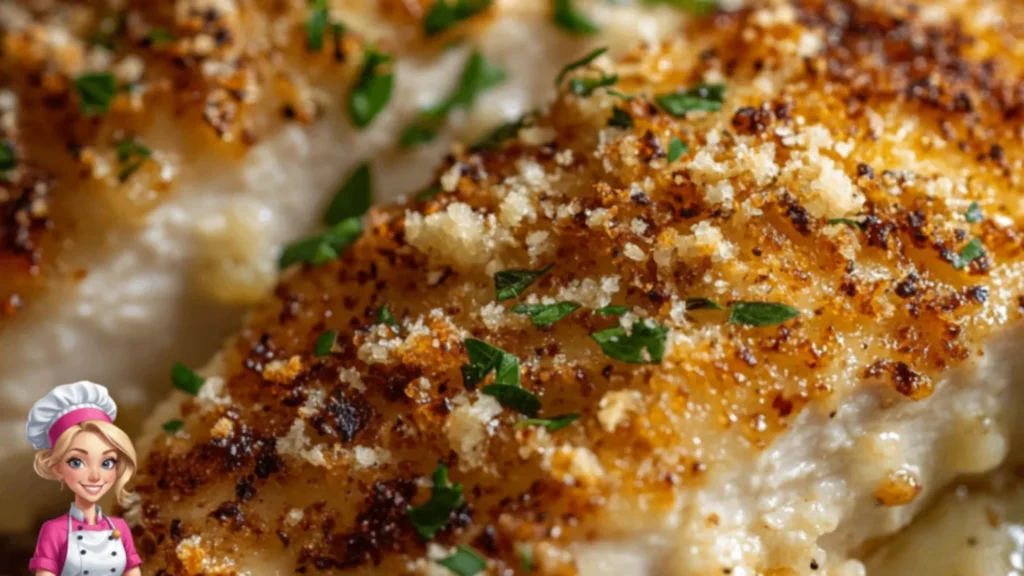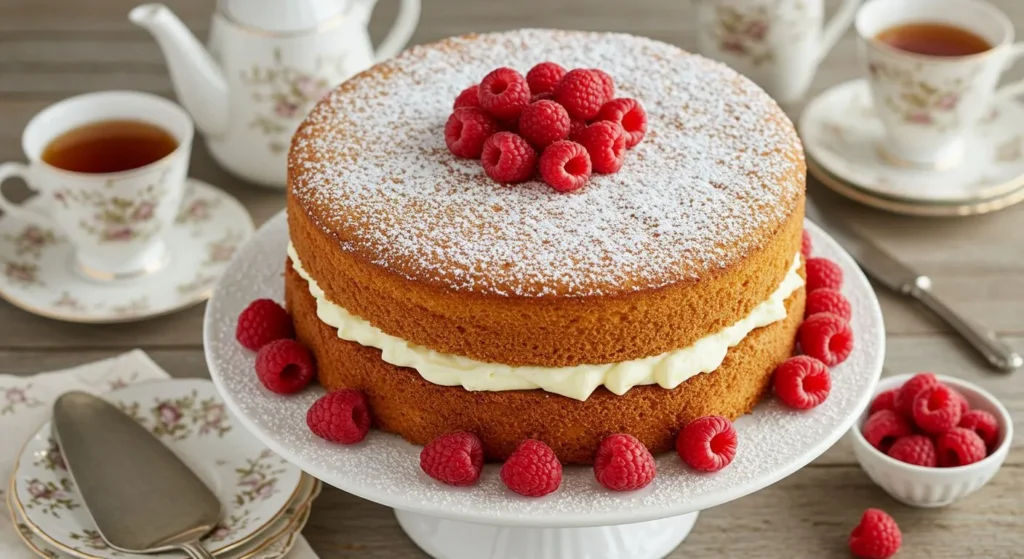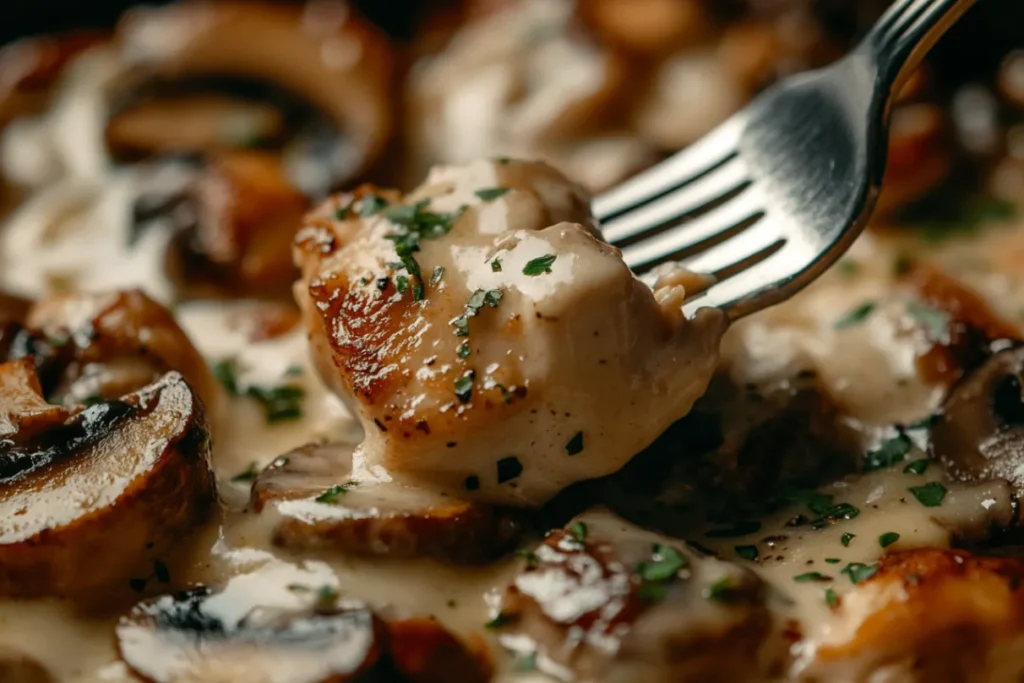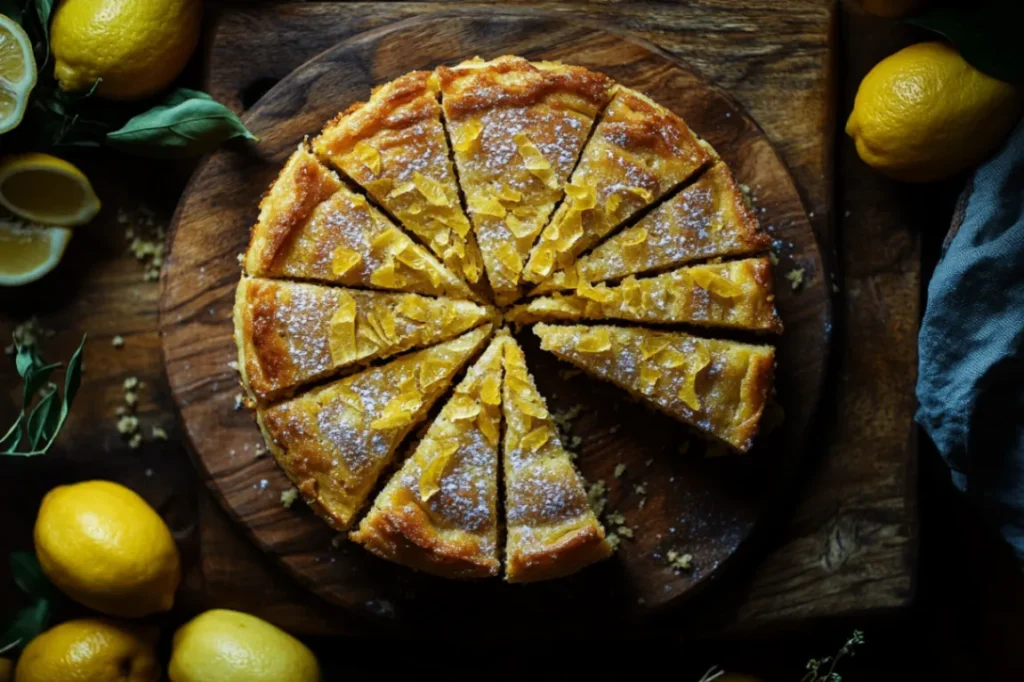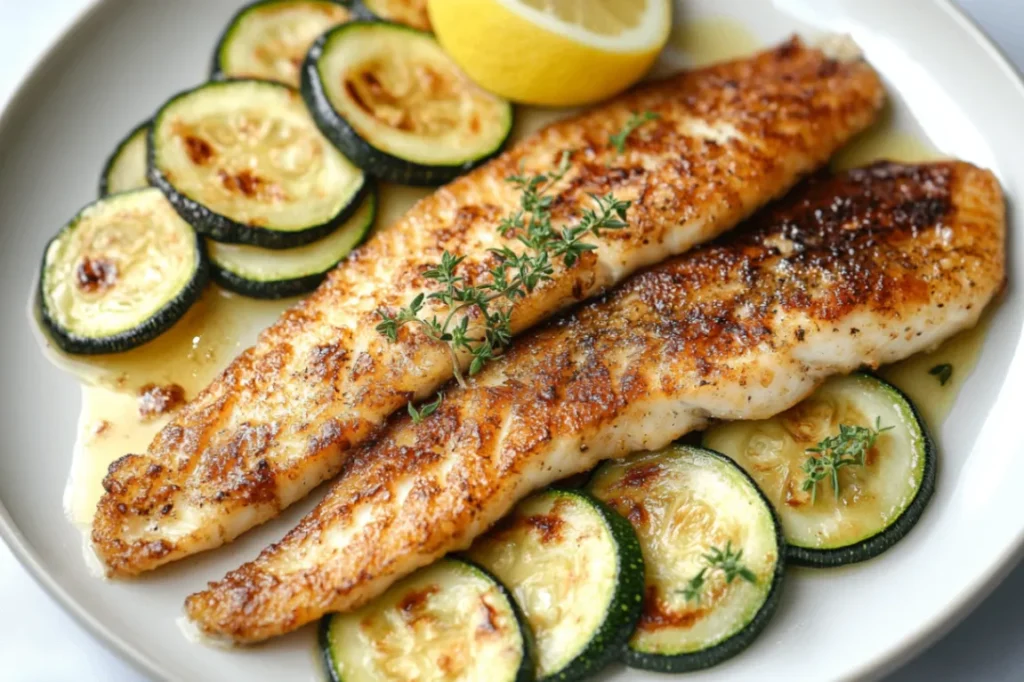
Table of Contents
Introduction
There’s something magical that happens when warm, pillowy pita bread meets perfectly melted cheese. As someone who’s been experimenting with pita bread and cheese recipes for over a decade, I can tell you that this combination has saved countless dinner emergencies in my household and created some of our most cherished family favorite recipes.
I still remember the first time I discovered the joy of stuffed pita with cheese during a college trip to Greece. Watching the local baker pull golden pockets from the oven, steam rising as he split them open to reveal stretchy, molten cheese inside – that moment changed everything. Since then, I’ve dedicated myself to perfecting various pita bread and cheese recipes, and today I’m thrilled to share these delicious dishes with you.
Whether you’re looking for a quick weeknight dinner, an impressive appetizer for guests, or simply want to explore easy homemade recipes that bring comfort and satisfaction, mastering pita bread and cheese combinations will revolutionize your cooking repertoire. These versatile creations work beautifully as breakfast, lunch, dinner, or snacks, making them invaluable additions to any home cook’s arsenal.

Pita Bread and Cheese Recipes
Ingredients
- 4 pita bread pockets
- 1 cup feta cheese crumbled
- 1/2 cup mozzarella cheese shredded
- 2 tablespoons fresh dill chopped
- 2 tablespoons olive oil
- 1 clove garlic minced
- Salt and pepper to taste
Essential Ingredients for Perfect Pita Bread and Cheese Recipes
Understanding Key Ingredients and Their Roles
When crafting exceptional pita bread and cheese recipes, each ingredient plays a crucial role in achieving that perfect balance of flavors and textures. The foundation starts with quality pita bread – whether you choose to make it from scratch or purchase it from your local bakery. Fresh pita bread should feel soft and pliable, with just enough structure to hold generous fillings without tearing.
The cheese selection is where creativity truly shines in pita bread and cheese recipes. Mediterranean cheeses like feta, kasseri, and halloumi work wonderfully due to their traditional pairing with pita. Feta brings a tangy, creamy element that complements the bread’s mild flavor, while kasseri offers excellent melting properties and a slightly sharp taste. For those preferring milder options, mozzarella, ricotta, and cream cheese create beautifully creamy textures that children and adults alike adore.
Supporting ingredients elevate these easy homemade recipes from simple to spectacular. Fresh herbs like dill, parsley, and mint add brightness and authentic Mediterranean flavors. Olive oil not only prevents sticking during cooking but also contributes richness and helps achieve that coveted golden-brown exterior. Garlic, whether minced fresh or roasted until sweet and mellow, provides depth and aromatic appeal that makes these delicious dishes irresistible.
Tips for Selecting the Best Quality Ingredients
Shopping for ingredients can make or break your pita bread and cheese recipes, so knowing what to look for ensures consistent success. When selecting pita bread, choose loaves that feel soft and flexible rather than dry or cracked. If buying from a Middle Eastern bakery, ask about their baking schedule – fresh pita made that day will give you the best results for stuffing and grilling.
For cheese selection, visit specialty cheese shops or well-stocked grocery stores where you can sample before purchasing. Quality feta should taste tangy but not overly salty, with a creamy texture that crumbles nicely. When buying mozzarella for melting, opt for whole milk varieties rather than part-skim, as the higher fat content creates better stretch and flavor. Fresh ricotta should look bright white and smell clean, without any sour notes that indicate spoilage.
Don’t overlook the importance of fresh herbs in creating memorable family favorite recipes. Herbs should look vibrant with no wilting or dark spots. If fresh herbs aren’t available, high-quality dried herbs work well too – just remember that dried herbs are more concentrated, so use about one-third the amount called for in fresh herb measurements. Extra virgin olive oil adds significant flavor, so choose a brand you enjoy tasting straight – this will translate into better-tasting finished dishes.

Smart Substitutions and Creative Alternatives
Flexibility in ingredient substitutions makes pita bread and cheese recipes accessible to everyone, regardless of dietary restrictions or pantry limitations. For those avoiding dairy, numerous plant-based cheese alternatives work beautifully in these applications. Cashew-based cheese spreads provide creaminess similar to ricotta, while nutritional yeast adds a cheese-like flavor to herb mixtures.
Gluten-free eaters need not miss out on these delicious dishes. Many brands now offer excellent gluten-free pita bread, or you can substitute with corn tortillas, lettuce wraps, or even portobello mushroom caps for low-carb options. These alternatives require slight cooking time adjustments but deliver equally satisfying results.
Herb substitutions offer endless possibilities for customizing flavors. If fresh dill isn’t available, try fresh basil or oregano for different Mediterranean profiles. Dried herbs work in pinch – remember the 3:1 ratio (three parts fresh to one part dried). For those who dislike strong herb flavors, start with smaller amounts or focus on milder options like fresh parsley, which adds color and freshness without overwhelming other flavors in your easy homemade recipes.
Mastering the Preparation Steps
Initial Prep and Essential Cleaning Tips
Success with pita bread and cheese recipes begins long before you start cooking, with proper preparation and organization setting the stage for smooth execution. Start by gathering all ingredients and tools you’ll need – this mise en place approach prevents scrambling later and ensures nothing gets forgotten or overcooked while you search for missing items.
Properly preparing your workspace is crucial for these family favorite recipes. Clean your cutting board thoroughly and designate separate areas for raw ingredients and finished products. If you’re working with multiple types of cheese, use separate knives to prevent flavor transfer. Keep a damp towel nearby for quick cleanup – cheese can be sticky and difficult to remove once it hardens.
Temperature control plays a vital role in successful pita bread and cheese recipes. Remove cheese from refrigeration 15-20 minutes before cooking to allow it to come closer to room temperature. This prevents shocking cold cheese with hot pita, which can lead to uneven melting or tough, rubbery textures. Room temperature ingredients blend more easily and create smoother, more cohesive fillings that distribute evenly throughout the pita pocket.
Step-by-Step Cooking Instructions with Secret Tips
Creating perfect pita bread and cheese recipes requires attention to timing and technique, but with these insider tips, you’ll achieve professional results every time. Begin by gently warming your pita bread – this can be done in a dry skillet for 30 seconds per side, or wrapped in damp paper towels and microwaved for 10-15 seconds. Warm pita is more pliable and less likely to tear when stuffed.
For stuffed pita variations, carefully cut a small opening in one edge of the pita pocket, being careful not to cut all the way through. Gently separate the layers with your fingers, creating space for the filling. The secret to evenly distributed cheese lies in mixing it with other ingredients before stuffing – this prevents all the cheese from sliding to one end during cooking.
When pan-cooking stuffed pita, use medium-low heat and be patient. High heat will burn the outside before the cheese melts completely inside. Cook for 2-3 minutes per side, pressing gently with a spatula to ensure even contact with the pan. You’ll know it’s ready when the outside is golden brown and you can see cheese beginning to melt out slightly at the edges. For open-faced versions, broil for 1-2 minutes until cheese bubbles and develops light golden spots.
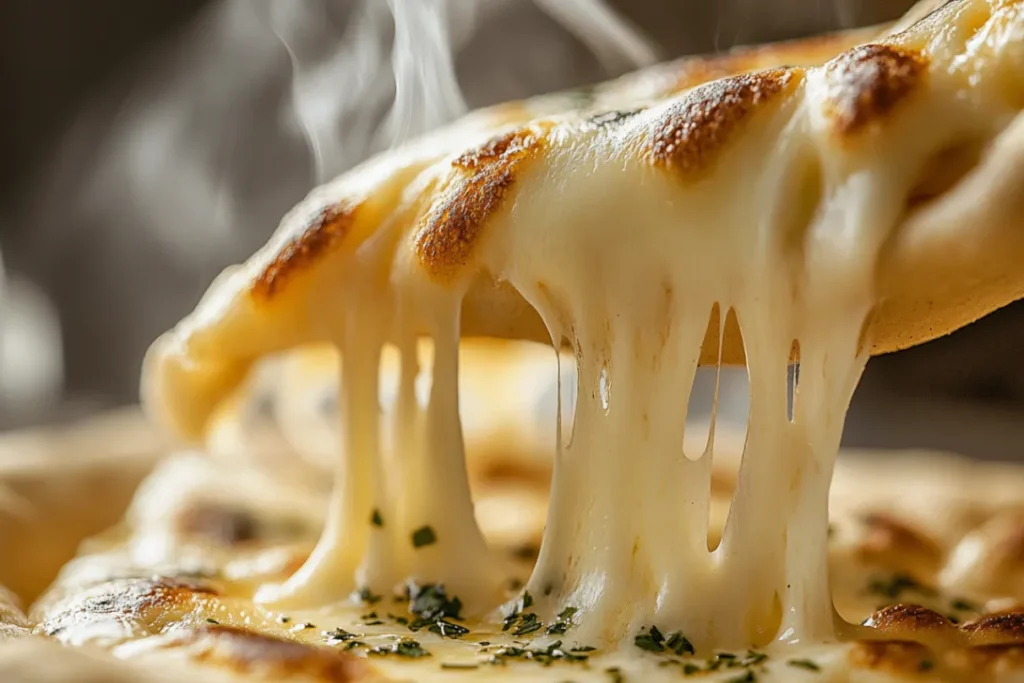
Common Mistakes and How to Avoid Them
Even experienced cooks can encounter challenges with pita bread and cheese recipes, but understanding common pitfalls helps you avoid frustration and achieve consistent results. The most frequent mistake is overstuffing the pita pockets. While it’s tempting to pack in lots of delicious cheese, overstuffing leads to messy cooking and uneven heating. Fill pockets about two-thirds full, leaving room for cheese to expand as it melts.
Temperature management causes many issues in these easy homemade recipes. Cooking at too high heat creates burnt exteriors with cold, unmelted interiors. Conversely, too low heat results in soggy pita without proper browning. Medium to medium-low heat provides the sweet spot where exteriors develop beautiful golden color while interiors heat through completely.
Cheese selection mistakes can ruin otherwise perfect delicious dishes. Avoid pre-shredded cheese when possible, as the anti-caking agents prevent smooth melting. Also, be cautious with very salty cheeses like some fetas – taste before adding additional salt to your mixture. Finally, don’t skip the resting period after cooking. Allow finished pita to rest for 2-3 minutes before cutting or serving, giving the cheese time to set slightly and preventing messy spills.
Serving Suggestions and Final Touches
Creative Presentation Ideas That Impress
Presentation transforms simple pita bread and cheese recipes into restaurant-worthy delicious dishes that impress family and guests alike. For individual servings, consider cutting stuffed pita diagonally and arranging the halves to show off the melted cheese interior. Garnish plates with fresh herb sprigs, a drizzle of high-quality olive oil, and perhaps a few cherry tomatoes or olive varieties for color contrast.
Creating a pita and cheese board offers interactive dining that everyone enjoys. Arrange various pita breads alongside an assortment of cheeses, allowing guests to create their own combinations. Include small bowls of honey, fig jam, or olive tapenade for additional flavor layers. This approach works particularly well for casual entertaining and allows people to customize their family favorite recipes according to personal preferences.
For more formal presentations, consider deconstructed versions where toasted pita triangles surround a warm cheese dip or spread. Garnish with pomegranate seeds, chopped pistachios, or a sprinkle of za’atar for authentic Middle Eastern flair. These presentations work beautifully for appetizer courses or as part of mezze spreads that showcase various easy homemade recipes.
Perfect Pairings and Complementary Side Dishes
The beauty of pita bread and cheese recipes lies in their versatility and ability to complement numerous side dishes and beverages. Fresh Mediterranean salads provide excellent contrast to rich, cheesy pita dishes. A simple Greek salad with cucumbers, tomatoes, red onion, and olives dressed in lemon and olive oil cleanses the palate between bites of warm, melted cheese.
Roasted vegetables make excellent companions to these delicious dishes. Try roasted eggplant, zucchini, or bell peppers seasoned with herbs and olive oil. The smoky, caramelized flavors from roasting complement the creamy cheese perfectly. For heartier meals, consider serving alongside grain salads featuring bulgur, quinoa, or rice pilaf studded with herbs and nuts.
Wine pairings can elevate your pita bread and cheese recipes to special occasion status. Light, crisp white wines like Sauvignon Blanc or Pinot Grigio complement tangy feta-based dishes, while richer Chardonnay works well with cream cheese or ricotta preparations. For red wine lovers, light Pinot Noir or Beaujolais pair beautifully with herb-forward family favorite recipes.
Storage Tips and Reheating Advice for Best Results
Proper storage ensures your pita bread and cheese recipes maintain quality and safety for future enjoyment. Cooked pita dishes should be cooled completely before refrigerating and consumed within 2-3 days for best quality. Store in airtight containers or wrap tightly in plastic wrap to prevent drying out. Separate different varieties to prevent flavor transfer between batches.
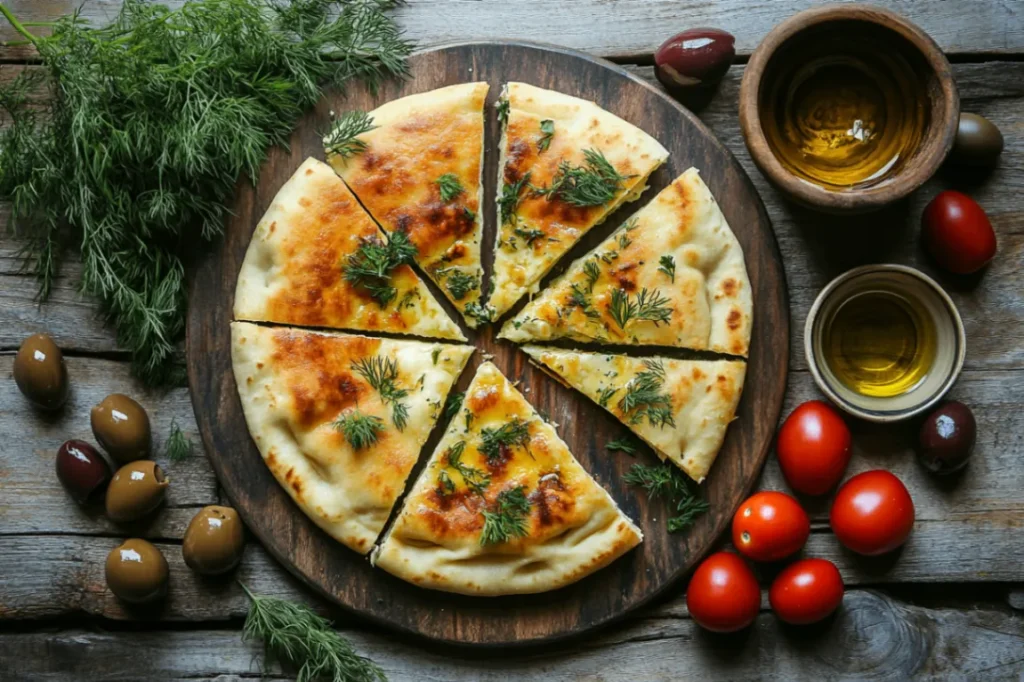
Reheating requires gentle techniques to restore the original texture without overcooking. For stuffed pita, reheat in a 350°F oven for 8-10 minutes, wrapped loosely in foil to prevent over-browning. Alternatively, use a covered skillet over medium-low heat, cooking 2-3 minutes per side. Avoid microwaving when possible, as it can make the bread tough and the cheese rubbery.
Freezing works well for prepared but uncooked pita bread and cheese recipes. Assemble your easy homemade recipes completely, then freeze on baking sheets before transferring to freezer bags. Cook directly from frozen, adding 3-4 extra minutes to cooking time. This make-ahead approach is perfect for busy weeknights when you want delicious dishes without extensive preparation.
 DINNER
DINNER LUNCH
LUNCH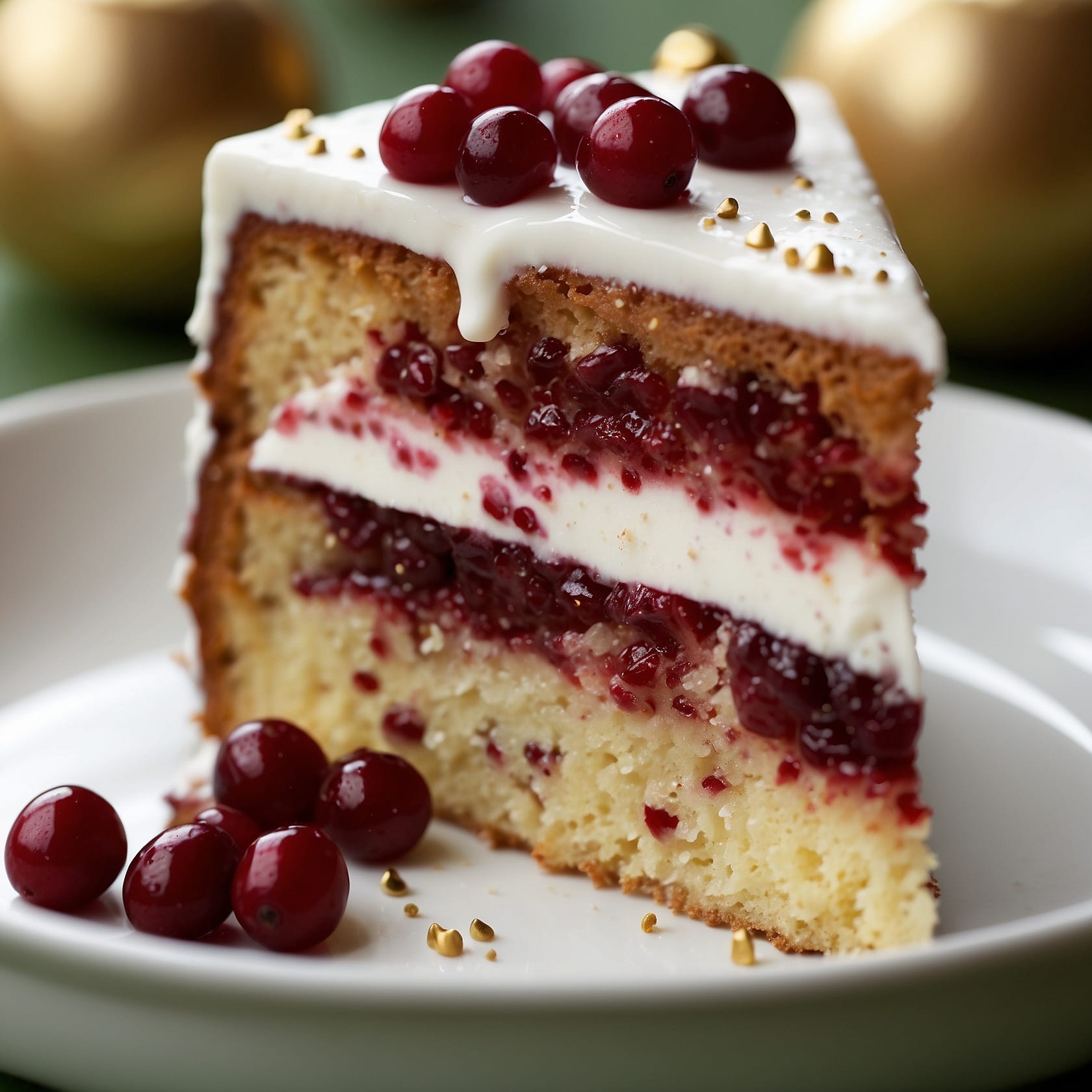 CAKE
CAKE BREAKFAST
BREAKFASTFor more amazing recipes, be sure to check out our other sections to explore a variety of ideas that will enrich your cooking experience. Each section offers its own unique flavors to ensure a delightful culinary journey:
- Easy and Quick Recipes: A collection of dishes that guarantee delicious meals with minimal effort and time.
- Healthy Recipes: Discover healthy and delicious options that fit your lifestyle.
- Desserts: A diverse selection of sweets that will add a special touch of sweetness to your table.
- Lunch Recipes: Tasty lunch ideas that you can easily prepare to delight your family.
- Dinner Recipes: Delicious and easy-to-make recipes that will make your dinner a memorable occasion.
Frequently Asked Questions
Q: Can I make pita bread from scratch for these recipes? A: Absolutely! Homemade pita bread elevates these delicious dishes significantly. Basic pita requires just flour, water, yeast, salt, and a little olive oil. The key is rolling the dough thin enough and baking at high heat (450°F) to create the characteristic pocket. Allow 2-3 hours for rising time, but the superior taste and texture make it worthwhile for special occasions.
Q: What’s the best cheese combination for beginners? A: For those new to pita bread and cheese recipes, start with a simple combination of mozzarella and feta. The mozzarella provides familiar, mild flavor and excellent melting properties, while feta adds authentic Mediterranean taste without being overwhelming. This combination works in both stuffed and open-faced preparations and appeals to most palates.
Q: How do I prevent the pita from getting soggy? A: Soggy pita usually results from excess moisture in fillings or inadequate heating. Pat cheese dry with paper towels before using, and avoid watery vegetables unless pre-cooked to remove moisture. When reheating, use dry heat methods like oven or skillet rather than microwave. Also, serve these family favorite recipes immediately after cooking for best texture.
Q: Can these recipes be made ahead for entertaining? A: Yes! Many pita bread and cheese recipes work well for make-ahead entertaining. Assemble stuffed pita up to 4 hours ahead and refrigerate, then cook just before serving. For cheese spreads, prepare up to 2 days ahead and serve at room temperature with warmed pita triangles. This approach allows you to enjoy your guests while still serving impressive easy homemade recipes.
Q: Are there vegan alternatives that work well? A: Definitely! Cashew-based cheese spreads, nutritional yeast mixtures, and commercial vegan cheeses all work in these applications. For best results, choose vegan cheeses specifically designed for melting. Combine with fresh herbs, olive oil, and roasted vegetables to create satisfying plant-based versions of traditional pita bread and cheese recipes.
Conclusion: Your Journey to Pita Perfection
Mastering pita bread and cheese recipes opens doors to countless culinary adventures and provides reliable solutions for everything from quick weeknight dinners to impressive entertaining. These versatile, delicious dishes have the power to bring families together around the dinner table and create lasting memories through shared cooking experiences.
The beauty of these easy homemade recipes lies not just in their simplicity, but in their adaptability to your family’s preferences and dietary needs. Whether you prefer traditional Mediterranean flavors or enjoy experimenting with fusion combinations, the fundamental techniques remain the same, giving you confidence to explore and create your own family favorite recipes.
I encourage you to start with the basic combinations I’ve shared, then let your creativity guide you toward new flavor adventures. Don’t be afraid to experiment with different cheeses, herbs, and accompaniments – some of my most beloved discoveries came from happy accidents and bold experimentation in the kitchen.
Please share your pita bread and cheese recipe creations with me! I love hearing how fellow food enthusiasts adapt these techniques and make them their own. Tag your photos on social media or leave comments about your favorite combinations – your experiences might inspire the next great variation of these timeless delicious dishes.


